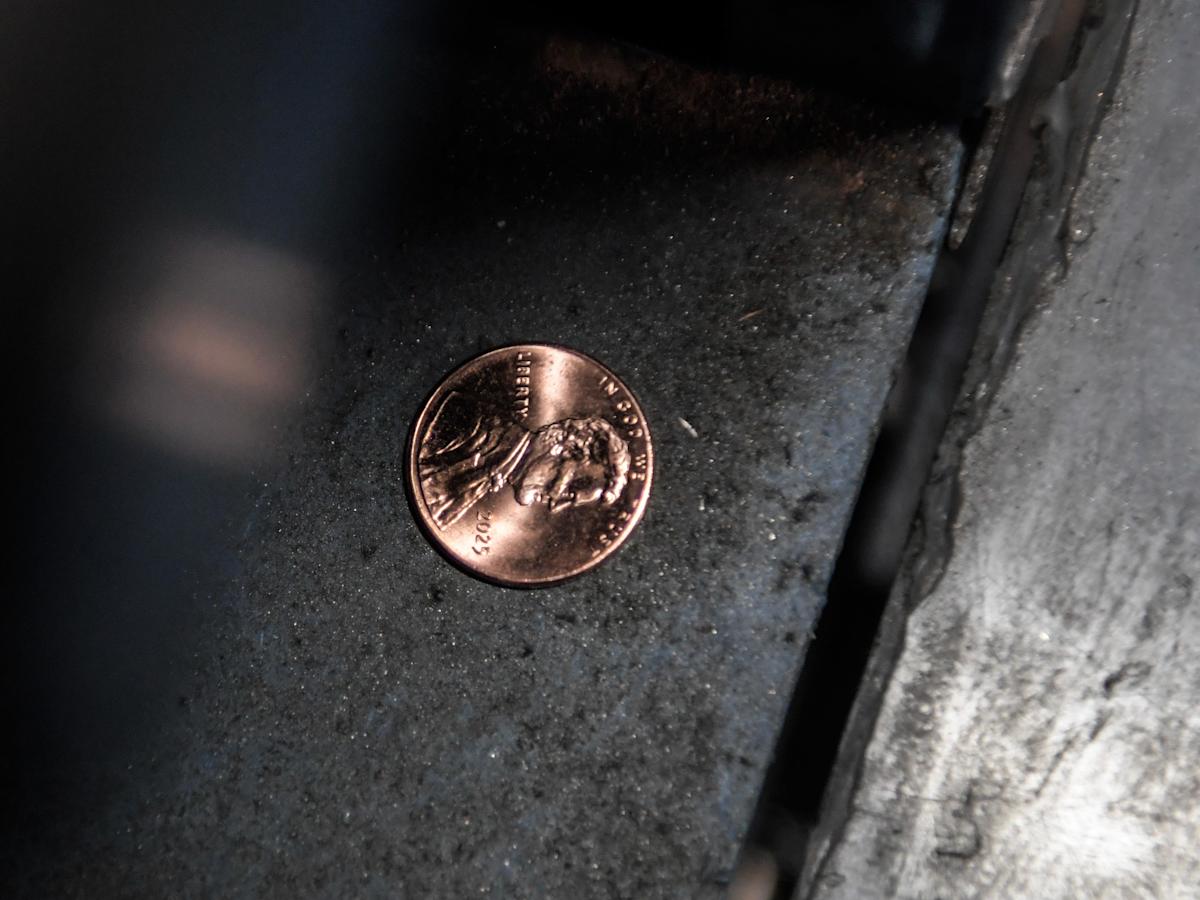The penny is no more. Good riddance.
The US penny died on Wednesday at the ripe old age of 232 after the US Treasury minted its last one-cent coin.
The news of Wednesday’s final penny may be a hit to your nostalgia, but please, dry your tears.
The US penny deserved to die.
Allow me to explain. First, the penny was shockingly expensive. Pennies were originally made of copper, but since 1982, they’ve been mostly made of zinc — a cheaper metal. But even zinc isn’t that inexpensive these days.
So while a penny is worth one cent while in circulation, each coin actually costs 3.69 cents to make, according to the US Mint’s 2024 report. That’s up from 1.42 cents per penny a decade ago, according to the US Mint.
That means the US Mint was burning millions of dollars every year just to keep the penny alive. (A US Mint FAQ said estimates put the expected savings at roughly $56 million a year.)
Second, pennies are annoying to use. With inflation steadily rising, the buying power of the humble penny has plummeted.
Want to buy the hottest sneakers on Wall Street? Hope you brought a bag, because you’ll need to hand over 110,000 pennies.
Even getting yourself a slop bowl for lunch is in the range of 1,700 pennies, which would weigh over 9 pounds, roughly the weight of a (healthy but large) newborn baby.
So when the White House’s Department of Government Efficiency set its sights on the penny earlier this year, fans of common sense were cheering.
If you’re worried about what could happen after the US loses the penny, fret not: we’ve axed coins before.
Starting in 1793, the US minted a half-cent coin with an image of Lady Liberty on its face. Yet America killed that off with the Coinage Act of 1857, and the nation’s economy has turned out pretty OK since then.
Can the Trump administration unilaterally kill the penny? It’s unclear. Congress could step in to fight for the penny’s future, but so far, lawmakers from both parties have praised the move.
While getting rid of the penny was a cost-saving move, some retailers are concerned about what comes next. Pennies are still legal tender, but there’ll be fewer and fewer of them in circulation each year as the copper coins get lost in couch cushions and laundry machines.
The Retail Industry Leaders Association said businesses want guidance from Congress about what to do now as they run out of pennies. The business group also wants clarity on pricing. Do they round up to the nearest nickel? Round down and lose money?



Leave a Comment
Your email address will not be published. Required fields are marked *